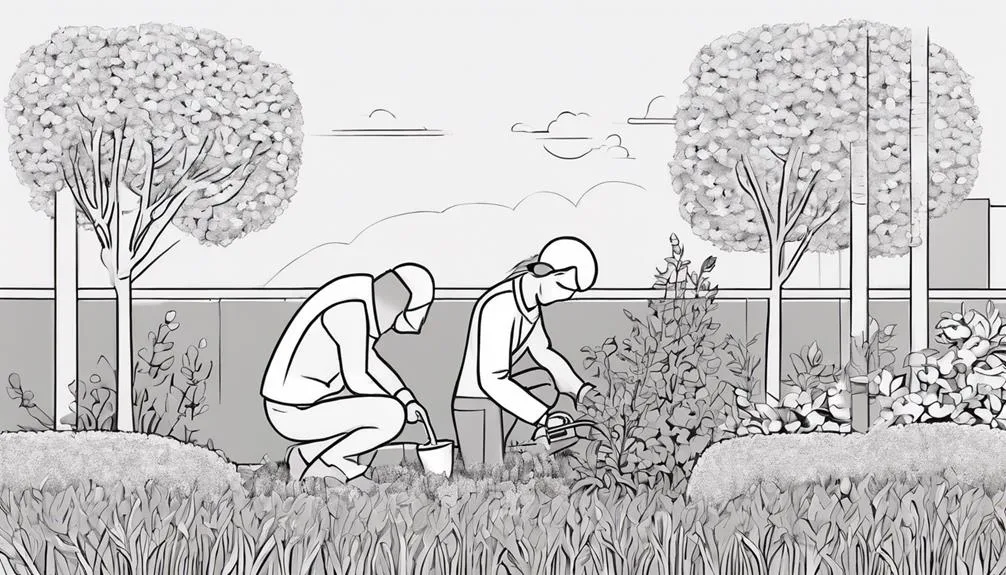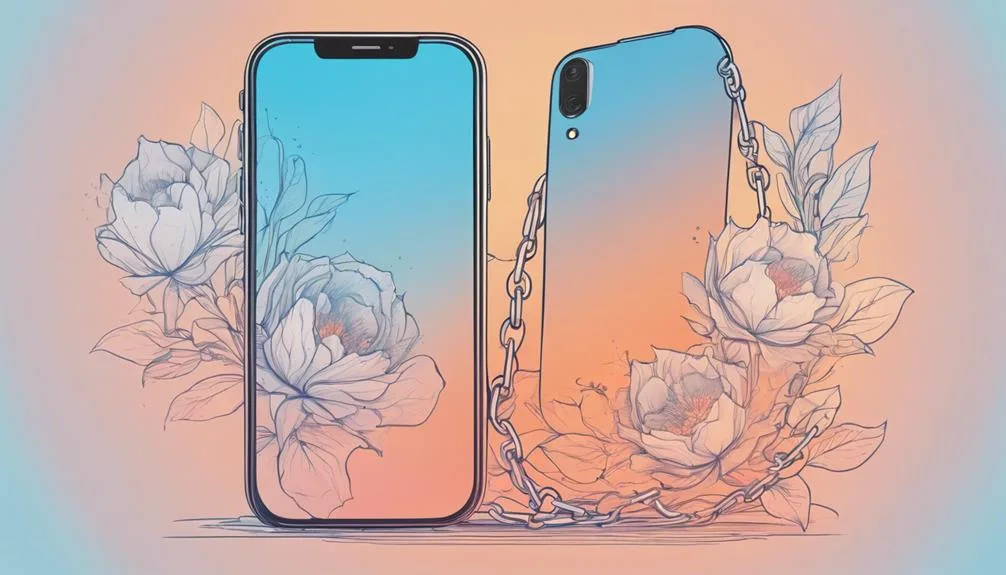Leaving a toxic relationship is tough, and staying away is even harder. To avoid falling back into old, bad habits, it's important to see the warning signs and set strong personal limits.
What can you do to turn this awareness into action, and how can you stay strong? Finding out how to do this will help you keep your independence and begin a healthier journey.
Key Takeaways
- Identify and understand toxic patterns to prevent repeating harmful cycles.
- Strengthen personal boundaries to protect against manipulation and disrespect.
- Build a support network of friends, family, and professionals for guidance.
- Implement a strict no-contact rule to ensure emotional well-being and healing.
Recognize Toxic Patterns

Identifying toxic patterns in a relationship is the first step toward safeguarding your emotional well-being. You've got to spot the cycle identification; it's all about noticing those repetitive, harmful behaviors that seem to loop back, no matter how many times you've addressed them. It's those patterns that drain you, leaving you feeling stuck in a never-ending cycle.
Also, pay attention to emotional triggers. These are specific actions or words that consistently provoke a strong, negative emotional response. You'll find that recognizing these triggers can help you understand why you're reacting a certain way. It's not just about what's happening on the surface; it's digging deeper to see what's really pushing your buttons. Understanding these aspects is vital in moving forward and not falling back into the same toxic cycles.
Strengthen Personal Boundaries

Once you've recognized toxic patterns and emotional triggers, it's time to focus on strengthening your personal boundaries to protect your well-being. Establishing firm boundaries is among the self-respect essentials that foster emotional resilience, enabling you to navigate relationships healthily.
- Visualize a shield around you, deflecting manipulation and disrespect, highlighting your right to personal space and peace.
- Imagine a bridge that you can draw up, allowing only those who respect your boundaries to cross, symbolizing selective accessibility based on mutual respect.
- Picture a garden with a gate, where you plant self-love and nurture growth, only letting in those who contribute positively, representing the cultivation of a healthy emotional environment.
Embracing these images can guide you toward sustaining boundaries that honor your worth and shield against toxicity.
Seek Support Networks

Building a strong support network can be your lifeline in managing and healing from toxic relationships. It's important you don't isolate yourself. Connecting with friends, family, or even new acquaintances who understand and support your journey can make a world of difference. Consider joining clubs or groups that align with your interests. This not only helps you rebuild your social circle but also boosts your confidence and sense of belonging.
Exploring therapy options is another essential step. A professional can offer you the tools and perspective needed to navigate your emotions and decisions healthily. Whether it's individual counseling or support groups, therapy provides a safe space to process your experiences and learn coping strategies. Remember, reaching out is a sign of strength, not weakness.
Focus on Self-Improvement

Focusing on self-improvement can empower you to break free from the cycle of toxic relationships and foster a healthier sense of self-worth. It's about rediscovering who you're and what you love, beyond the confines of a relationship that no longer serves you. Engaging in activities that nourish your soul and challenge your mind is essential.
- Hobby exploration: Imagine the joy of painting landscapes, the thrill of rock climbing, or the satisfaction of mastering a new instrument. These activities reintroduce you to your passions and potential.
- Mindfulness practices: Visualize starting your day with meditation, feeling the calmness envelop you, or practicing yoga, moving in sync with your breath.
- Self-reflection: Picture writing in your journal each night, unraveling your thoughts and emotions, laying the groundwork for personal growth and resilience.
Create a No-Contact Rule

After immersing yourself in self-improvement, it's important to establish a no-contact rule to further protect your emotional well-being from toxic influences. This means cutting off all forms of communication with your ex, including calls, texts, and especially interactions on social media.
It's tempting to keep tabs on them through Instagram or Facebook, but resist the urge. Unfollow or block them if necessary. Remember, out of sight, out of mind.
Additionally, navigate the tricky terrain of mutual friends carefully. Be upfront about your need to maintain distance from your ex and ask for their support. They'll understand if they truly have your best interests at heart.
Sticking to this rule isn't easy, but it's essential for your healing journey.
Conclusion
Recognizing toxic patterns, setting firm boundaries, seeking support, and focusing on self-improvement are essential steps toward steering clear of returning to a toxic relationship.
By implementing a no-contact rule, you prioritize your well-being, choosing growth over harm.
It's more than just leaving; it's about progressing. Embrace your worth and trust your journey towards healthier, happier connections.
Could this be the moment to reflect on what truly nourishes your soul and fosters your growth?

